This website uses cookies so that we can provide you with the best user experience possible. Cookie information is stored in your browser and performs functions such as recognising you when you return to our website and helping our team to understand which sections of the website you find most interesting and useful.
Tag: my art journal
-
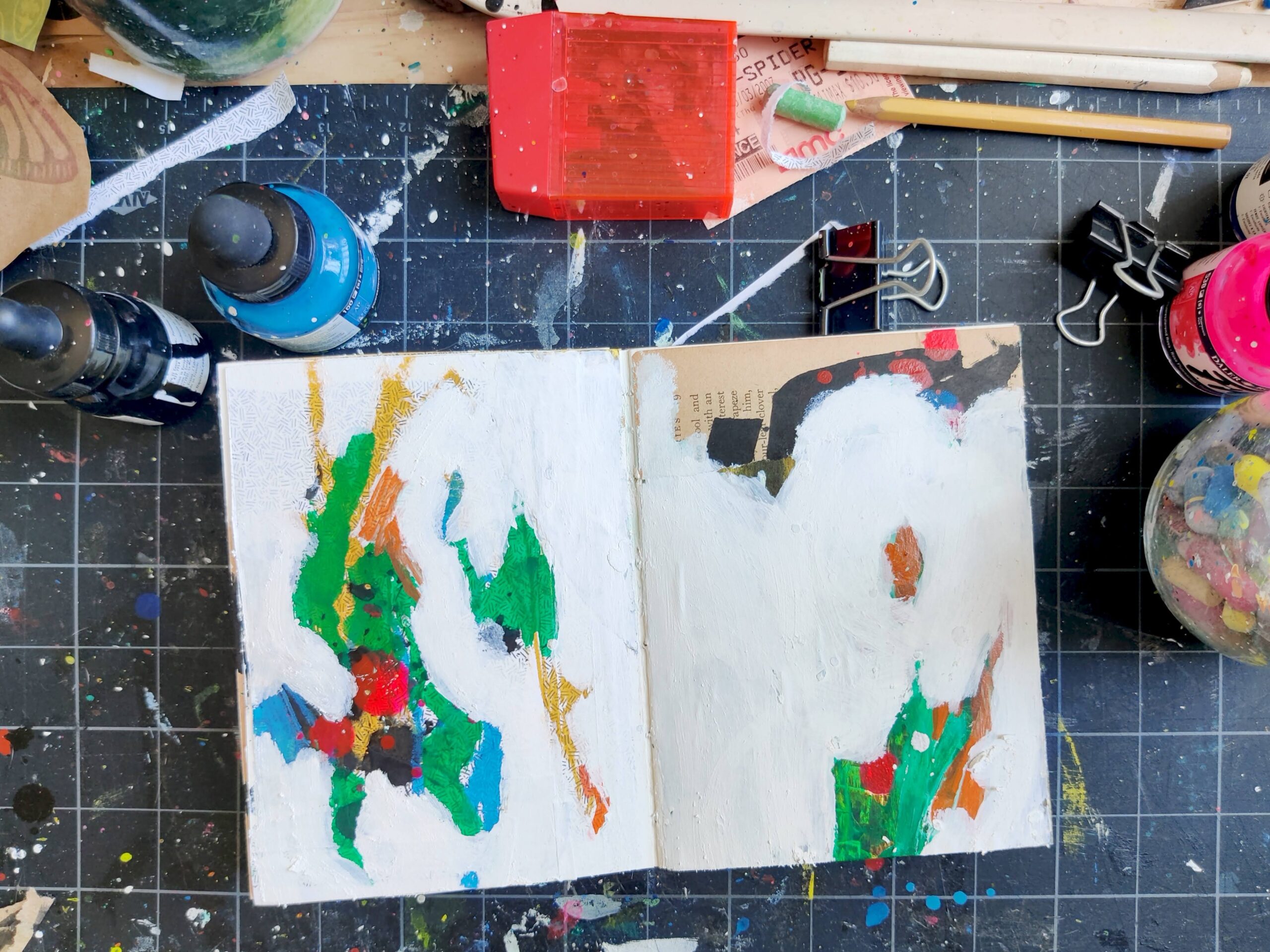
Make Ugly Art
•
For each piece of polished, finished art shared online, every artist has a whole pile of unfinished, “messed up,” or ugly pieces. And that’s exactly as it should be.
-
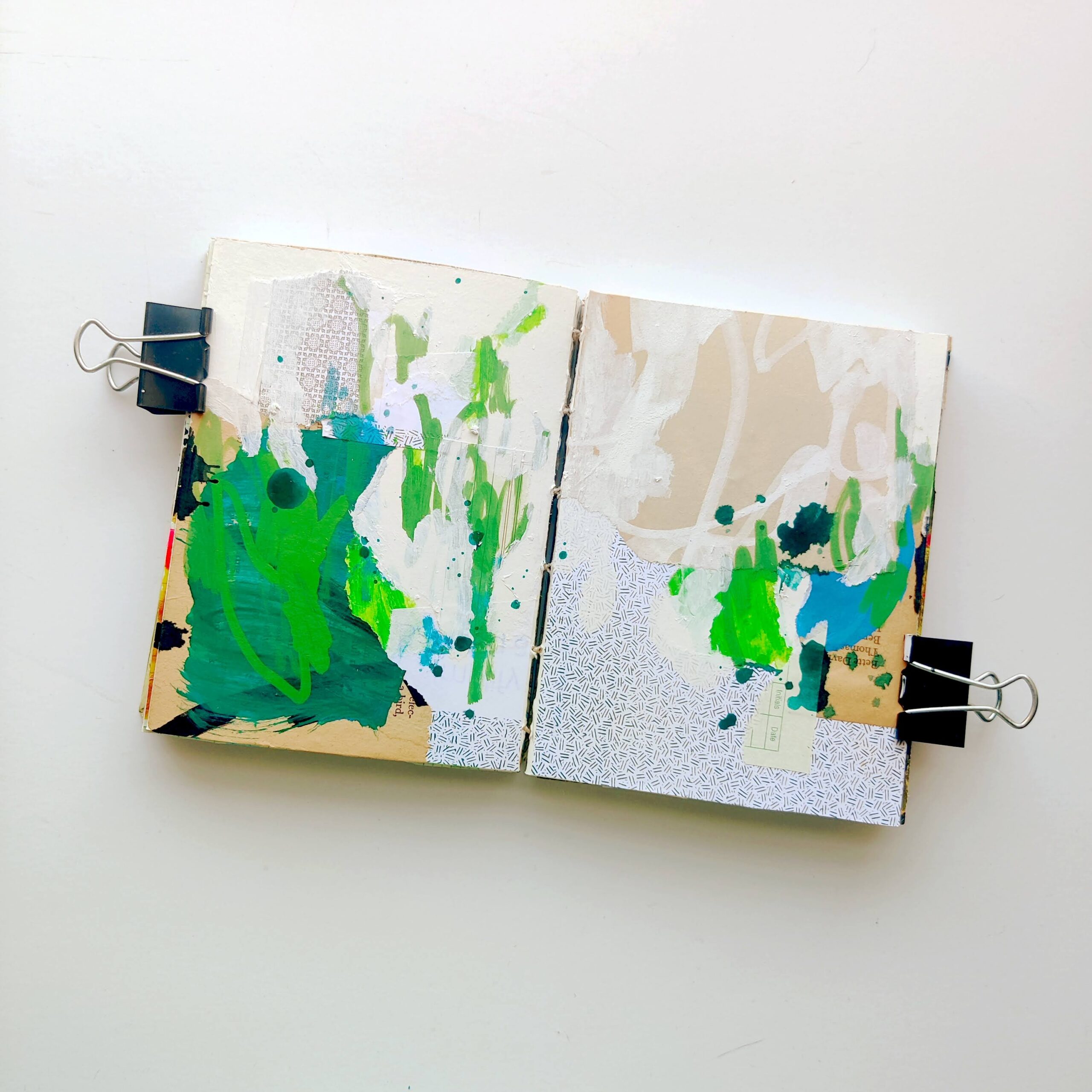
Summer Greens
•
The best days are those where creating comes easily and the results are loose and balanced.
-
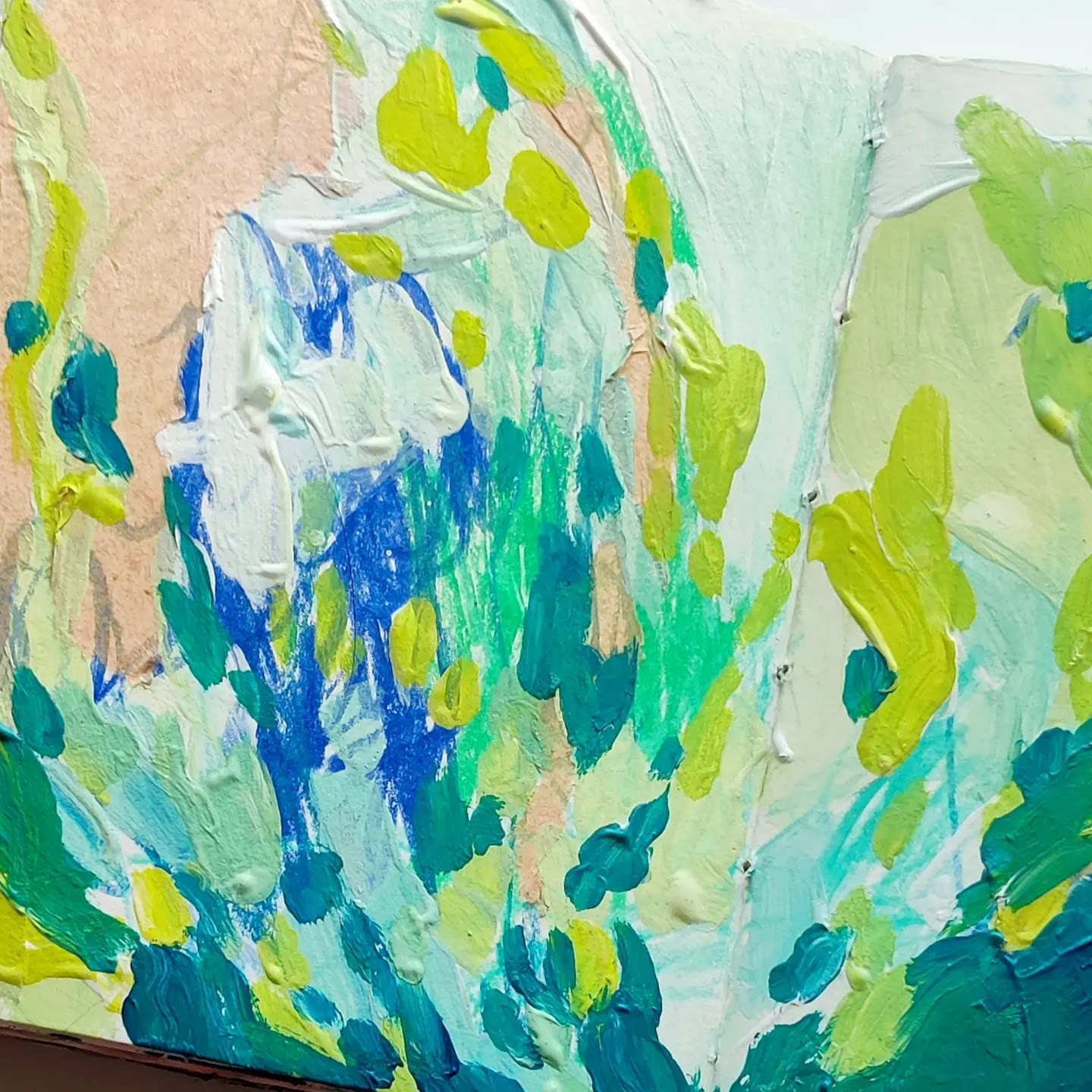
Weekend Art Journaling
•
This weekend, I let myself play in my art journal, working with tissue paper, acrylic paint, and colored pencil.
-
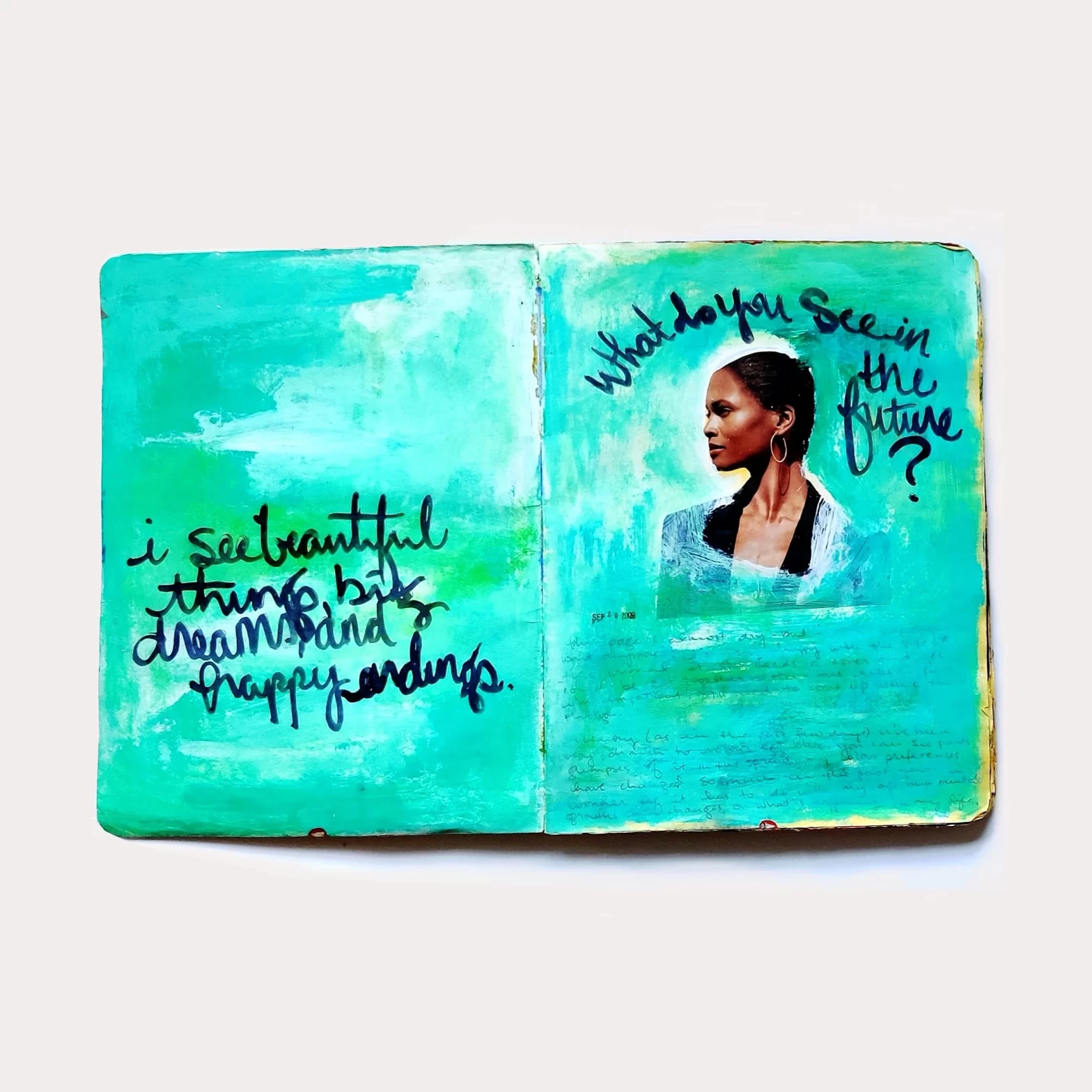
First Art Journal
•
This is the first spread in my first-ever-completed art journal. I dated the page: September 20, 2009.
-
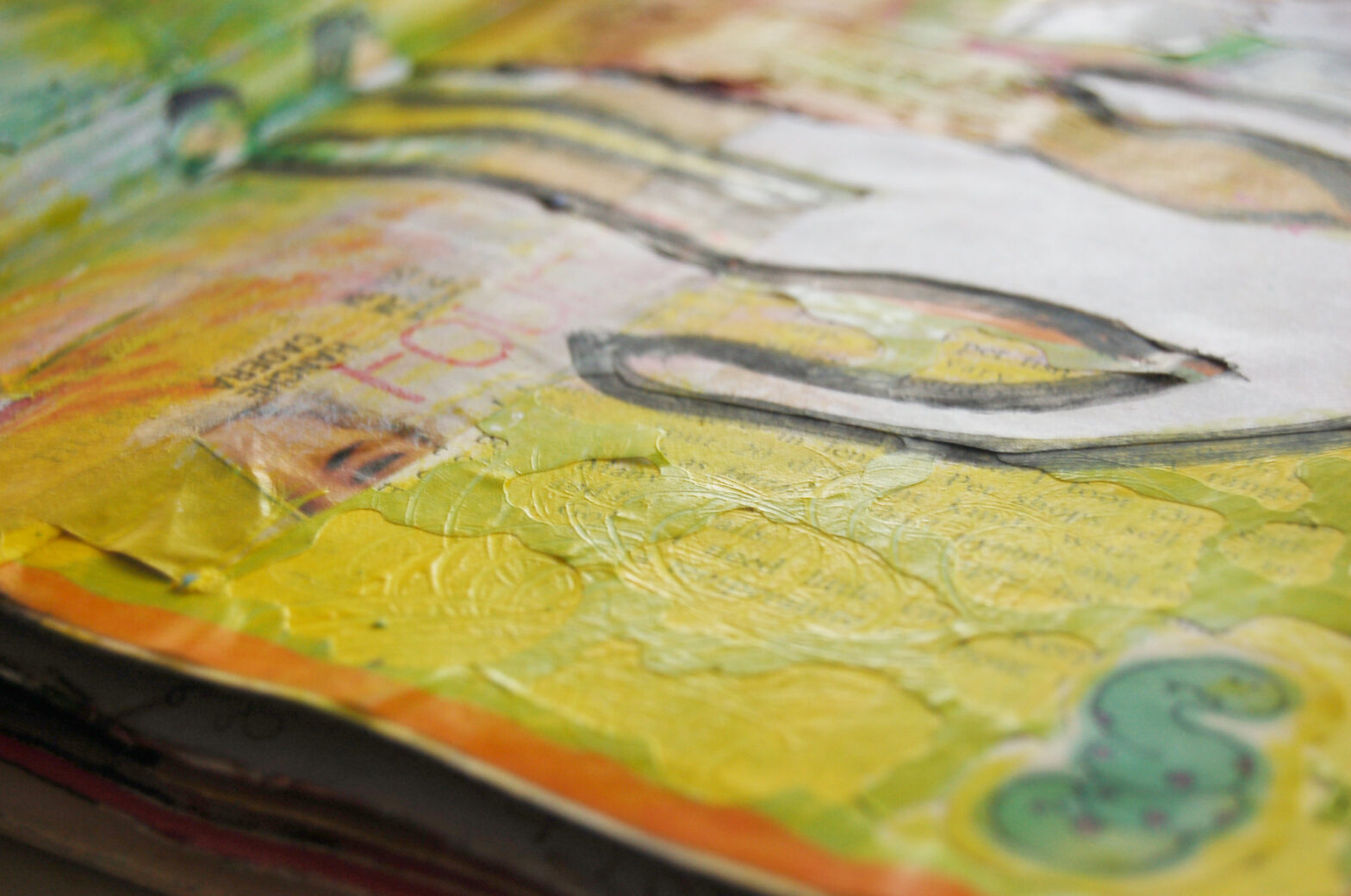
Wisdom from the Past
•
There are so many bits and pieces of those years of writing that still ring true. Sometimes they even speak to and build upon one another.
